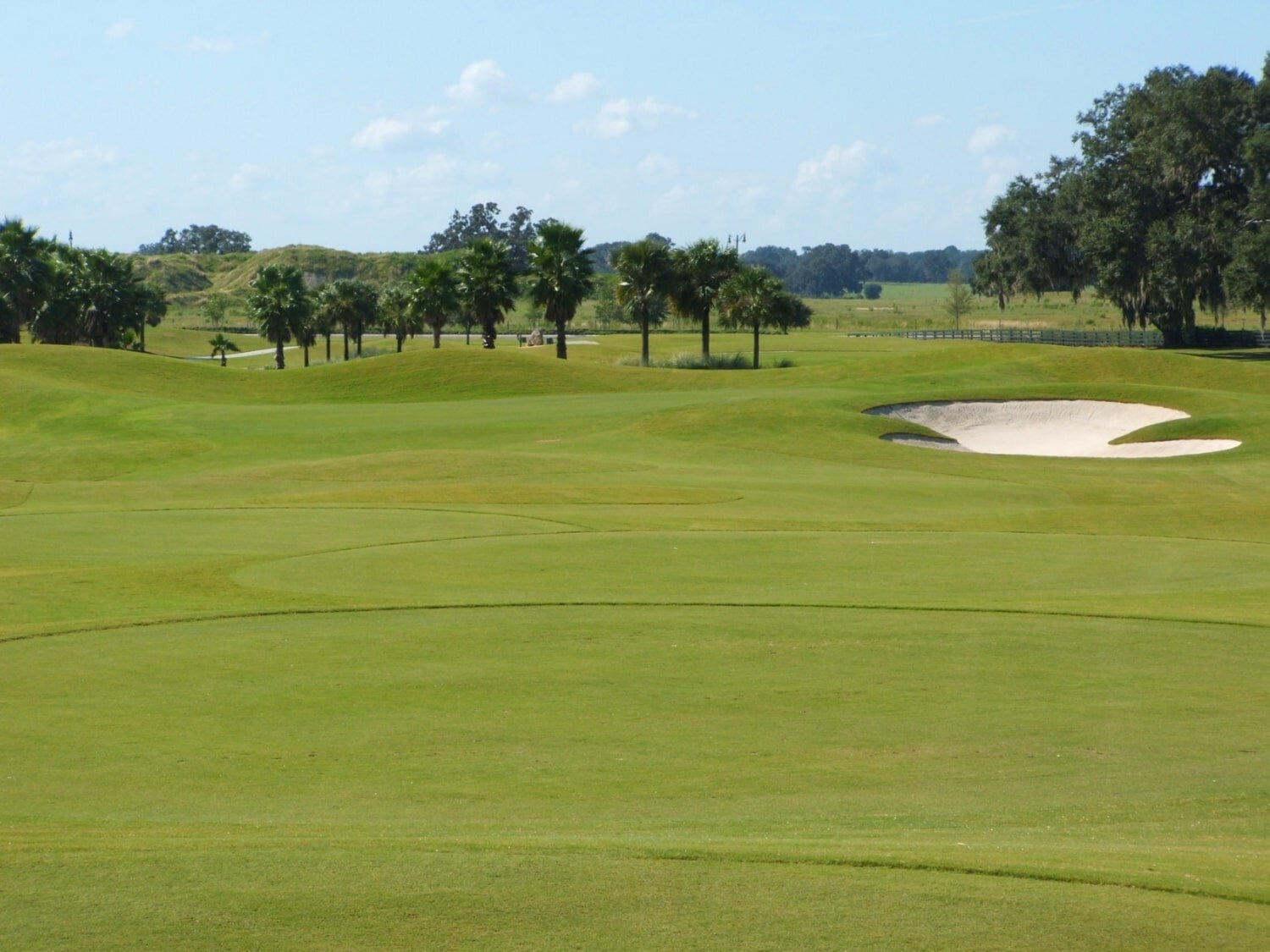
When golf is such a popular game, you probably have multiple golf courses near you. But which one is the best of all? You might be very well aware that not all golf courses are similar.
Let’s break down the different parts of a golf course and how these main parts differentiate one course from another.
The Main Parts of Golf Course:
A golf course has 18 playing areas and not just 18 holes to catch the balls. These 18 playing areas are composed of a series of grassy stretches. Cohesively, the playing areas and holes create a golf course.
The Tee:
Before a golfer takes the first shot, they generally place their ball on a teeing box or a teeing ground. The tee is customized in such a way that can accommodate all kinds of golfers. Multiple teeing grounds are held in a teeing box as they are a larger area. This is a flat area to give the golfer a clean first shot to start off the game.
The Fairway:
A complete pathway begins from the teeing box leading all the way through the putting green is known as the fairway which is a width from 30 to 50 yards. The fairways are maintained at a short length to facilitate the ball all along the grass. The goal is to hit the golf ball from the tee, onto the fairway, to get to the next part of the course as smoothly as possible. It is very common to practice tee shots to make sure the ball will get to the fairway in the first shot.
The Rough:
The roughs are the areas alongside the fairways where the grass is kept at a longer length. Some courses may vary the length of the roughs throughout the course to increase the unpredictability and difficulty of playing if the golf ball lands into the rough.
The Hazards:
Similarly to the roughs, hazards are the other features on the course to increase the challenges throughout the game. They are specifically designed in that manner. Bunkers and water hazards are the common challenges fabricated in the anatomy of golf courses. A bunker is a hole that has been filled with sand, and water hazards can include ponds, lakes, and even oceans depending on the course location.
The Green:
The last section of the hole is called the putting green which comes after the fairway which is generally 6,000 square feet or more. Here, similarly to the fairway, the grass is very trimmed, the grounds can be elevated and filled with curves to create the ultimate challenge. The outer area of the green may have longer grass around it. This longer grass around the green is often referred to as fringe and can provide an extra challenge to the game.
The Hole:
The exact specifications of the golf holes are specified which must be 4.5 inches in diameter and a minimum of 4 inches in depth which are adjusted on the course on a day-to-day basis. The rearrangement of these holes on the course helps it maintain good health.
Maintaining the Golf Course
All of the main parts of a golf course can be pristine with an experienced, knowledgeable golf course maintenance team. At any golf course, each day is filled with maintenance work. The work put behind maintaining a golf course is trickier than just running the sprinklers at night or mowing the course in the daytime. Regular inspections, immediate fixtures, rapid cleaning, and much more, are all aspects of ensuring a golf course is at its best condition for all golfers.
You can contact Down To Earth Golf for all kinds of golf maintenance and assured that the task is taken care of.
